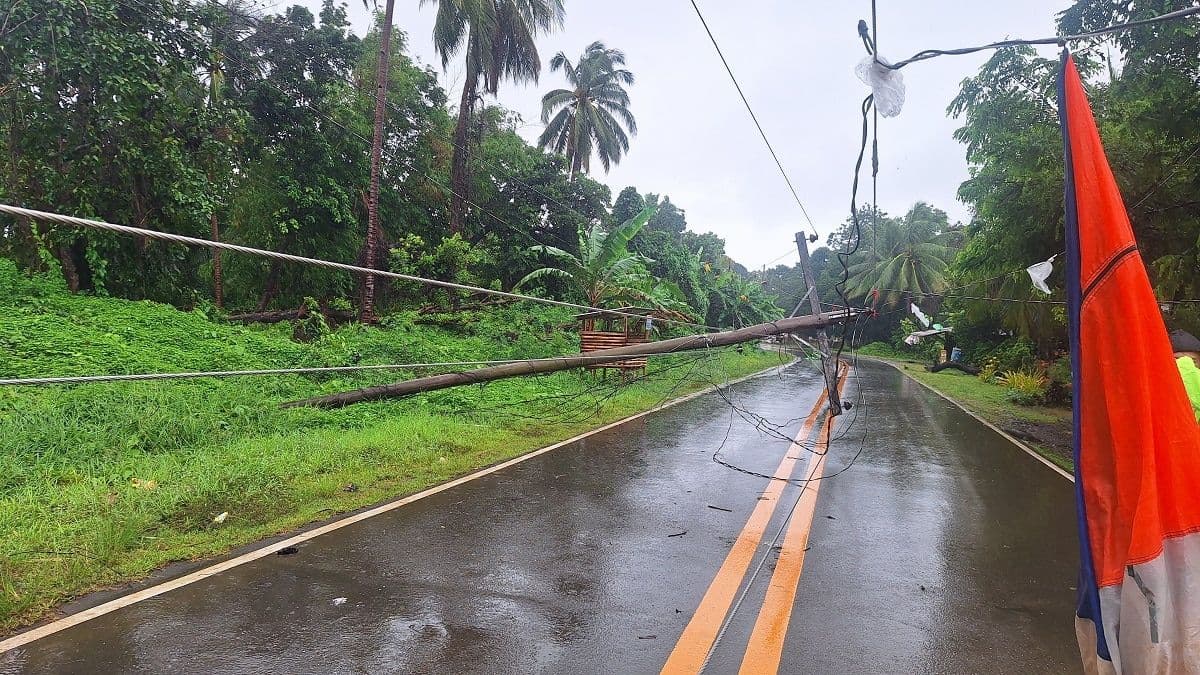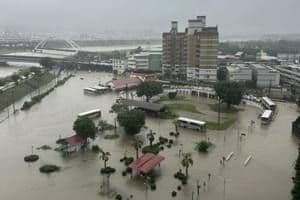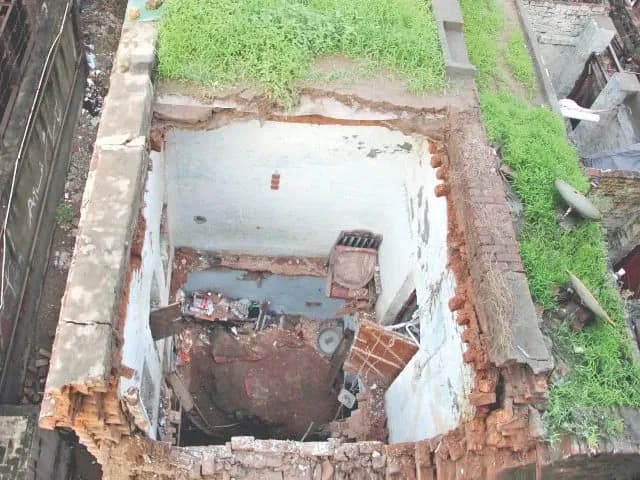The Echoes of Overflow: Wawa Dam's Enduring Legacy and Its Modern-Day Flood Imperative
Uncover Wawa Dam's hidden story: from a historical water source to a vital flood sentinel. Explore its true impact on communities and waterways beyond the headlines.
The Awakened Giant: More Than Just a Water Level Report
When news headlines flash reports of dams reaching their spilling levels, it's easy to view them as mere statistics. Yet, for , an overflow isn't just a number; it's a profound alert, a signal of an awakened giant whose waters directly influence the lives of millions in . On a recent Monday afternoon, Wawa Dam, alongside , crossed its critical threshold, with its water level hitting 135.58 meters against a spilling level of 135 meters. This isn't just an abstract measurement; it immediately triggers a chain reaction across vital waterways. The swiftly issued warnings, advising communities downstream to brace for potential flooding. It's a stark reminder that Wawa Dam, though perhaps less prominent in daily water supply discussions compared to its larger counterparts, remains an active, vigilant sentinel, its rising waters a direct harbinger of the challenges faced by urban centers during heavy rainfall events.
A Century of Flow: Wawa Dam's Shifting Purpose
Wawa Dam's current role as a flood sentinel marks a significant evolution from its storied past. Historically, this majestic structure nestled in the mountains was a primary source of potable water for , a vital artery feeding the burgeoning metropolis for decades. Its very existence was once synonymous with life-giving supply. However, as Metro Manila expanded and its water demands soared, larger, more modern infrastructures like emerged, taking on the primary responsibility for the capital's water needs. Angat, with its immense capacity, now stands as the main supplier, while Wawa's function subtly, yet crucially, shifted. Today, its primary significance lies not in filling taps, but in mitigating disaster. When torrential rains lash the region, Wawa Dam acts as an initial buffer, temporarily holding back the deluge before its inevitable overflow sends a cascade of water through the , , and . This transformation underscores its enduring, albeit changed, importance in the region's hydrological landscape.

Beyond the Banks: Living with Wawa's Water
The implications of Wawa Dam reaching its spilling level ripple far beyond its immediate vicinity, impacting countless communities along the interconnected river systems. When Wawa overflows, the watercourses most susceptible to its surge include the , the bustling , and the . Ultimately, this significant volume of water drains into the vast main , affecting all its numerous tributaries. For residents living along these riverbanks, particularly in low-lying areas, Wawa's overflow is not a distant concern but an immediate threat. Advisories urging vigilance become a way of life; the constant awareness of rising water levels dictates daily routines, affecting everything from school closures to business operations. This continuous cycle of heavy rains, dam overflows, and flood warnings paints a vivid picture of communities living in a delicate balance with the forces of nature, where the dam's vital function as a flood regulator directly translates into the safety and stability of their homes and livelihoods.

Navigating the Future: Wawa Dam in a Changing Climate
Wawa Dam's frequent overflows, driven by moderate to heavy rains, serve as a potent reminder of the escalating challenges posed by a changing climate. As weather patterns become more erratic and intense, characterized by stronger monsoons and more frequent tropical cyclones, the dam's role as a flood sentinel becomes increasingly critical. Its capacity to mitigate the immediate impact of downpours is tested with greater regularity, underscoring the urgency for comprehensive flood management strategies. Looking ahead, adapting to these new climate realities means not only monitoring dam levels but also investing in resilient infrastructure, enhancing early warning systems, and empowering communities with the knowledge and resources to respond effectively. The narrative of Wawa Dam, from historical water provider to modern-day flood watchman, encapsulates the broader story of how human-made structures must evolve in harmony with a dynamic environment. Its future lies in how well we integrate its existing function into a wider, climate-resilient framework, ensuring its enduring legacy continues to serve the population, not just as a guardian against floods, but as a symbol of our collective adaptation to a warming world.
Related Articles

Weathering the Storm: Unpacking Resilience in a Deluge-Prone Nation

Weathering the Storm: Unpacking Resilience in a Deluge-Prone Nation

Unseen Waters Rising: Navigating the Philippines' Red Rainfall Warnings

Unseen Waters Rising: Navigating the Philippines' Red Rainfall Warnings

Taichung's Unexpected Fountains: A City's Reckoning with Rising Waters

Taichung's Unexpected Fountains: A City's Reckoning with Rising Waters

The Sky's Shifting Mood: Building Resilience in Rain's New Era
